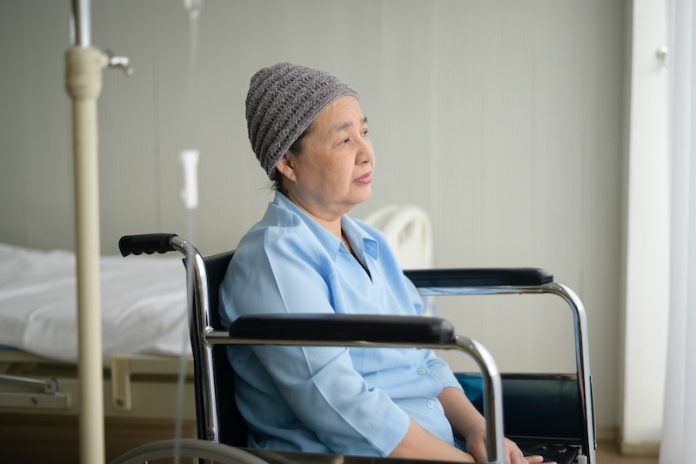
A pioneering multi-institutional phase II study, TransTasman Radiation Oncology Group (TROG) FASTRACK II, discloses promising outcomes of high-dose radiation for older adults with inoperable kidney tumors.
This study, emanating from collaboration between Australian and Dutch researchers, is heralded as a breakthrough in offering non-invasive treatments for kidney cancer.
Kidney cancer’s prevalence is increasing globally, predominantly affecting those over 70, whose survival rates are lower.
While surgery remains the standard care, many elderly patients find it inaccessible due to associated medical conditions and risks, necessitating alternative treatments.
Dr. Shankar Siva, the lead author from the Peter MacCallum Cancer Centre and a professor at the University of Melbourne in Australia, revealed the findings at the American Society for Radiation Oncology (ASTRO) Annual Meeting.
Study Overview and Methodology
The FASTRACK II study is the first to examine the efficacy of stereotactic ablative body radiotherapy (SABR) or stereotactic body radiation (SBRT) in a large, multi-institutional clinical trial setting.
In this prospective, non-randomized study, 70 patients, with a median age of 77, suffering from high-risk, inoperable kidney tumors, or those declining surgery, were treated with SABR in one or three sessions across seven centers in Australia and one in the Netherlands.
Results
The study manifested a 100% local control and cancer-specific survival for over three years post-SABR, with overall survival being 99% one year post-SBRT and 82% at three years.
The treated tumors averaged 4.7 cm, and none of the patients experienced local progression of their kidney cancer during the median follow-up of 43 months.
Side effects were relatively minimal, with only one patient requiring dialysis post-treatment, indicating only mild-to-moderate kidney stress.
Kidney function, measured through estimated glomerular filtration rate (eGFR), showcased a modest drop that plateaued after two years.
Implications and Future Directions
These findings underscore the pivotal role of high-dose, targeted radiation, offering unprecedented efficacy for patients with inoperable kidney cancer in an outpatient setting, addressing a critical unmet need.
Dr. Siva attributed the high success rate and preserved kidney function to the effectiveness of stereotactic radiation and meticulous quality control.
He also emphasized the necessity for a subsequent randomized phase III trial to juxtapose stereotactic radiation with surgery for operable kidney cancer patients.
Conclusion
The TROG FASTRACK II study stands as a beacon of hope for older adults with inoperable kidney tumors, highlighting the potential of stereotactic ablative body radiotherapy as a novel, non-invasive treatment modality.
The reported 100% local control and significant survival rates post-treatment make it a promising alternative to surgery for those unable to undergo surgical interventions, opening avenues for further research and advancements in kidney cancer treatment strategies.
If you care about cancer, please read studies about common drugs for inflammation may help kill cancer, and statin drugs can starve cancer cells to death.
For more information about cancer, please see recent studies about these two things are key to surviving cancer and results showing common Indian fruit may slow down cancer growth.
Follow us on Twitter for more articles about this topic.
Copyright © 2023 Knowridge Science Report. All rights reserved.



